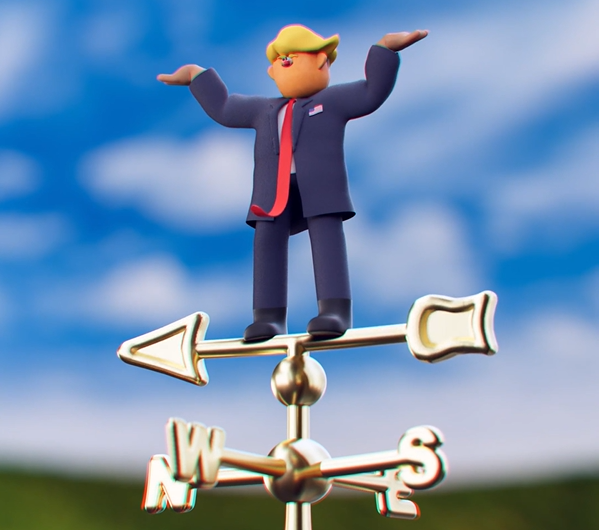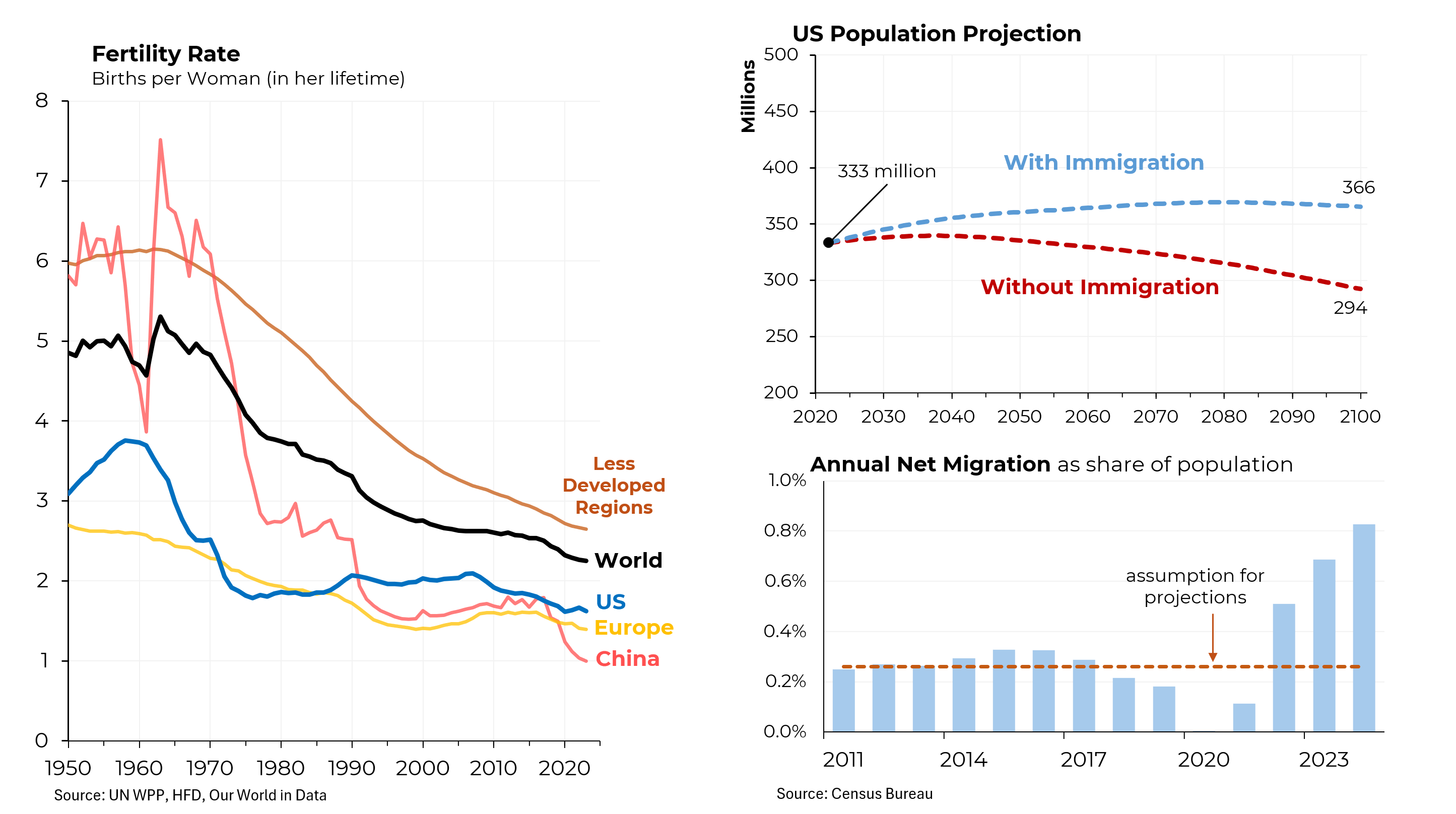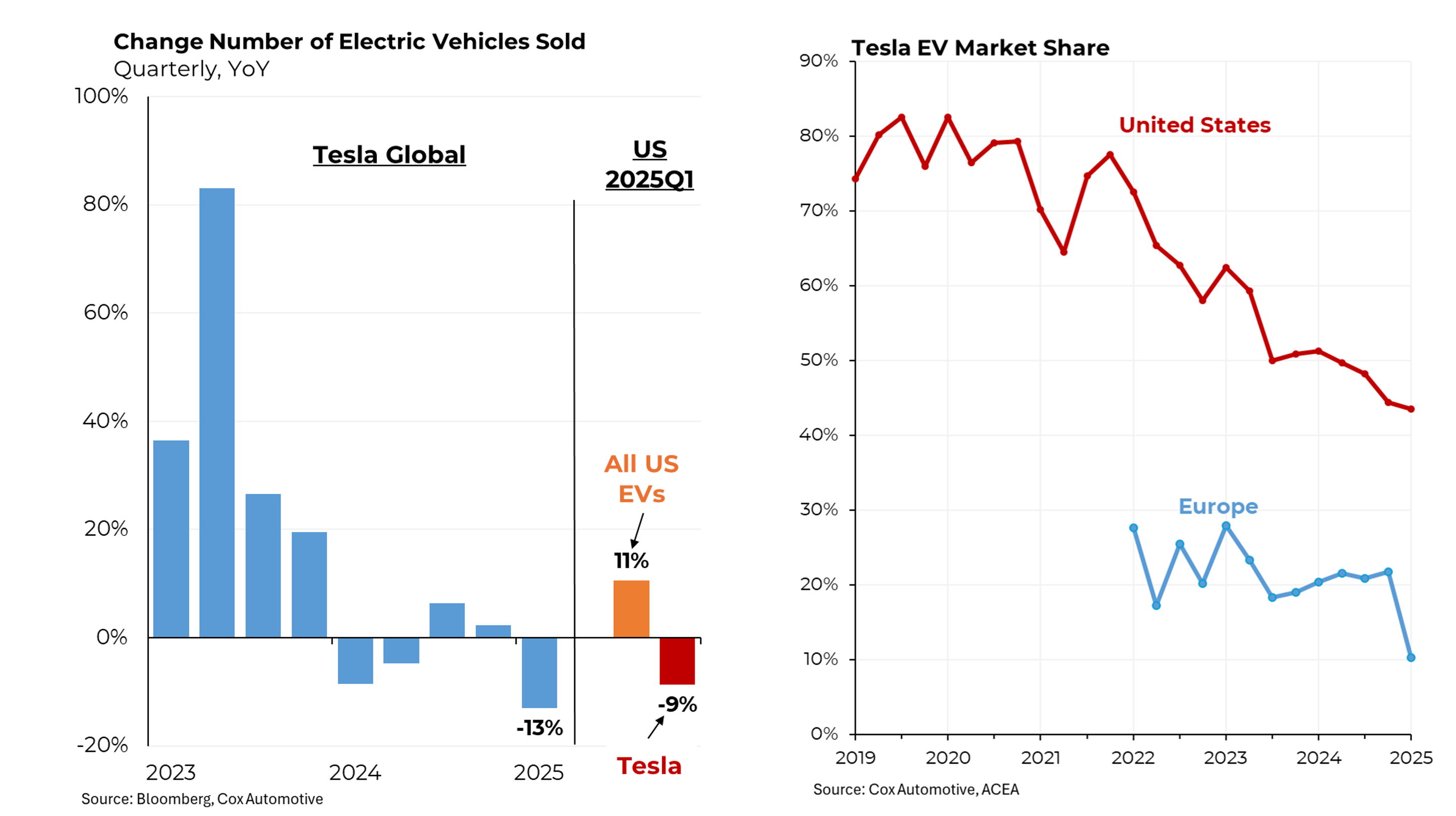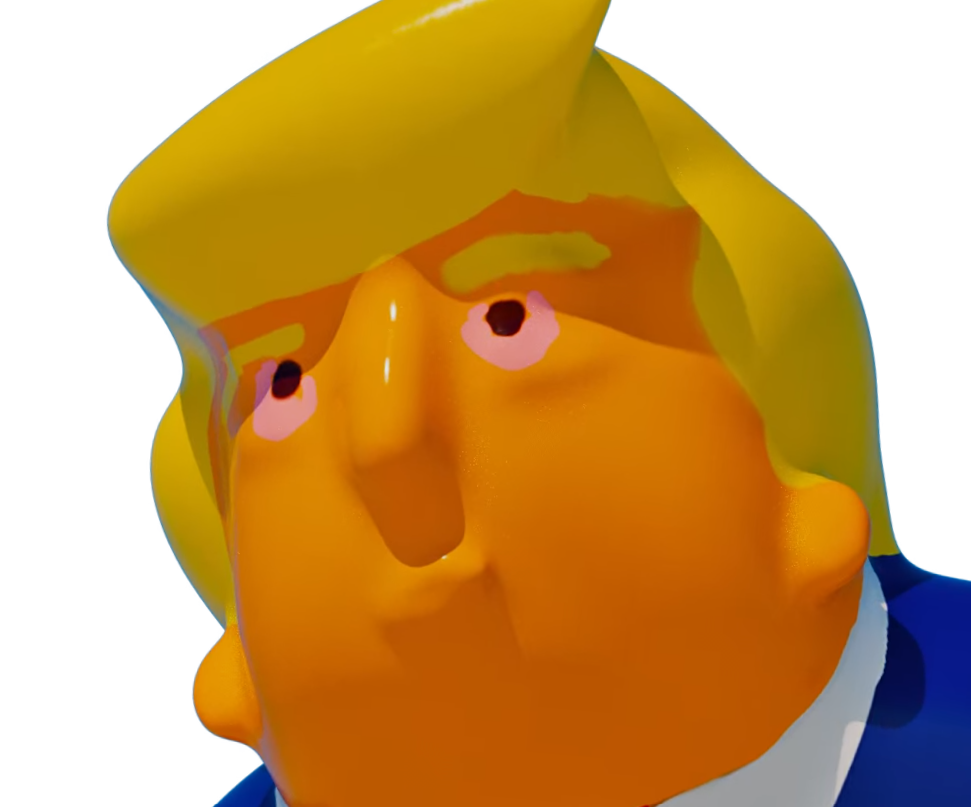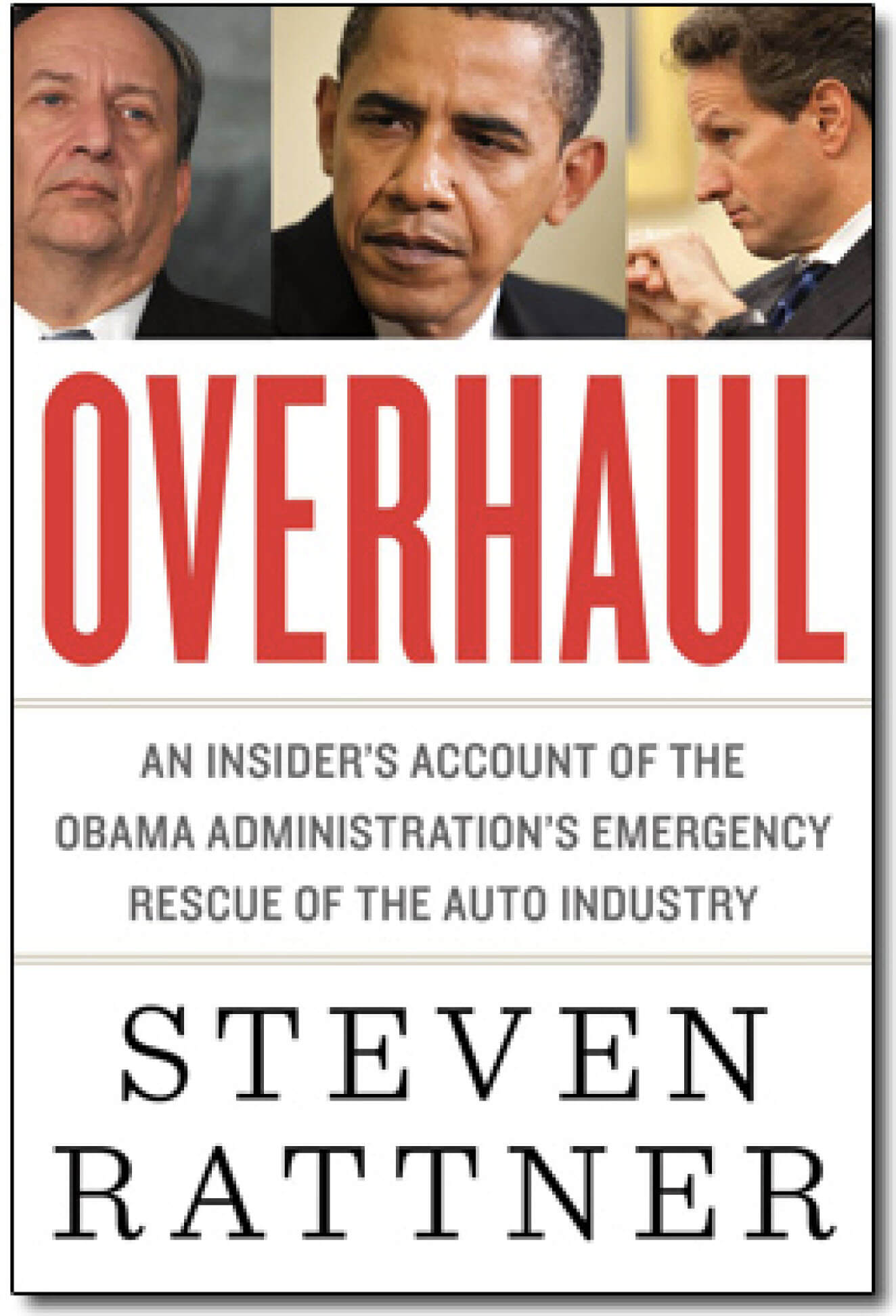Originally appeared in The New York Times.
Donald J. Trump is positioned to achieve the most radical reshaping of economic policy since Ronald Reagan. Even under Reagan, Republicans never controlled both houses of Congress.
Since Mr. Trump has yet to provide many specifics, I can’t thoroughly assess the overall impact of his plan. But at the least, if he follows through on his ideas, we could face higher prices on imported goods, rising interest rates, substantial inflation and a further shift of wealth to the upper classes.
For starters, Mr. Trump has promised an immediate attack on trade deals, at least with countries he views as manipulators. Presidents have significant authority to act unilaterally in this area, and Mr. Trump has insisted he would put 35 percent tariffs on imports from Mexico and 45 percent on those from China.
Trade, which has been proved to stimulate economic growth both here and abroad, has already been slowing, and Mr. Trump is determined to slow it further in an effort to protect blue-collar manufacturing workers, many of them his supporters.
Mr. Trump’s tariffs would raise the prices of imported goods sharply, cutting the purchasing power of every American. Lower-income Americans — including Mr. Trump’s core supporters — would be hurt the most because they disproportionately buy less expensive imported items. For China, and particularly Mexico, the economic costs would be significant, which is why at one point on Wednesday the Mexican peso had plunged by more than 13 percent.
While some manufacturing jobs might come back as a result of the tariffs, a greater number of domestic jobs would most likely be lost because Americans would have less spending power. A recent study by the nonpartisan Peterson Institute for International Economics estimated that, rather than bringing jobs back to the United States, Mr. Trump’s tariffs could result in a trade war that would cost our economy five million jobs and possibly lead to a recession.
The centerpiece of Mr. Trump’s plan is a huge $5.8 trillion tax cut unaccompanied by specificity around what expenses would be cut to pay for it. (Indeed, the president-elect has proposed more spending on defense and infrastructure.)
As soon as Mr. Trump’s ascendancy became clear on Tuesday night, interest rates on Treasuries began to rise. Usually, an unexpected event causes a flight to the safety of government debt, pushing yields down. That the opposite occurred reflects fears that the deficit might balloon out of control.
Mr. Trump has promised to keep Medicare and Social Security benefits unchanged, a commitment at odds with Speaker Paul D. Ryan’s own economic proposals. As a fiscal conservative, Mr. Ryan is unlikely to accept large tax cuts unaccompanied by major spending reductions. That could lead to the evisceration of many of the discretionary federal programs — think education or research and development — critical to putting our economy on a stronger footing.
To be sure, a tax cut on its own would give Americans more cash to spend. But according to the Tax Policy Center, by 2025, 51 percent of Mr. Trump’s reductions would go to the top 1 percent, who both least need it and would be least likely to spend it.
Then there’s the regulatory arena, where Mr. Trump also has a free hand to act unilaterally. And act he has promised to do, starting with a moratorium on new rules not required by Congress and a reversal of many executive orders.
If Mr. Trump sticks to his pledge, it will be open season on regulations, as businesses go after their most disliked provisions and agencies. Industrial companies will take aim at the Environmental Protection Agency. Financial institutions, including the big banks, will push to repeal Dodd-Frank. That’s just for starters.
Both Mr. Trump and Mr. Ryan are united in opposition to the Affordable Care Act, potentially ending the free or subsidized coverage that 20 million Americans are now receiving. Those Americans would be facing higher costs or loss of coverage.
Some of the efforts at dismantling government may face hurdles in the Senate, where 60 votes are required to break filibusters, more than the Republicans will have. But under a process known as “reconciliation,” matters relating to taxes and spending — and potentially the repeal of Obamacare — can be passed by a simple majority of 51.
Last, Mr. Trump’s signal issue was immigration, where he promised stricter standards, deportation of undocumented workers, a potential moratorium on the entry of new Muslim immigrants and a wall along the Mexican border.
Immigrants, including undocumented workers, play an important role in our economy, doing jobs that many native-born Americans won’t and paying taxes. The conservative American Action Forum calculated that his deportation plan would cost $400 billion to $600 billion and, because there are not enough citizens and legal residents to fill the demand, the plan would shrink the labor force and reduce gross domestic product by $1.6 trillion.
It’s hard to know whether the conflicting forces unleashed by Mr. Trump will create a recession. For the moment, at least, the stock market is betting no. But in addition to higher interest rates, financial markets are signaling higher inflation rates.
This much is certain: Mr. Trump’s proposals would confer vast monetary gains on wealthy Americans while leaving middle- and working-class Americans — his electoral base — further behind. For his supporters, the irony of a Trump victory is that they may end up even less well off.


